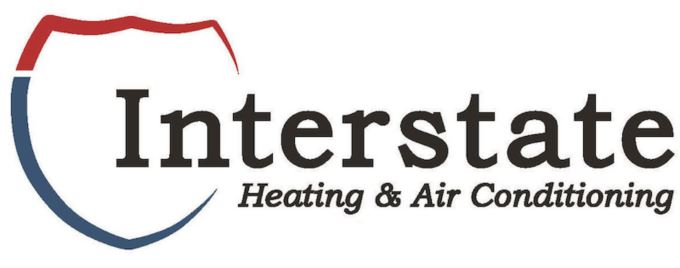
You shouldn’t be forced to sacrifice comfort or drain your wallet to keep your house at a pleasant temperature during warm days.
But what is the best temp, exactly? We discuss advice from energy experts so you can find the best setting for your house.
Here’s what we recommend for the most energy-efficient setting for air conditioning in Omaha.
Recommended Thermostat Settings for Summer
Most households find setting the thermostat at 72-73 degrees is ideal. However, if there’s a big difference between your indoor and exterior warmth, your utility costs will be bigger.
These are our suggestions based on the U.S. Department of Energy (DOE) and ENERGY STAR®.
While at home: 78 degrees. While that seems warm, there are approaches you can keep your home refreshing without having the AC running all the time.
Keeping windows and window treatments shut during the day keeps cool air where it needs to be—indoors. Some window coverings, including honeycomb shades or plantation shutters, are created to provide more insulation and improved energy savings.
If you have ceiling fans in your residence, the DOE says you can move thermostat temps about 4 degrees higher without compromising comfort. That’s because they freshen by a windchill effect. As they cool people, not rooms, switch them off when you move from a room.
If 78 degrees still appears too uncomfortable at first glance, try doing a trial for approximately a week. Get started by upping your setting to 78 degrees while you’re at your house. Then, progressively turn it down while following the tips above. You could be surprised at how comfortable you feel at a higher temperature setting.
While away: 88 degrees. There’s no rationale for keeping the air conditioning on all day while your home is unoccupied. Switching the setting 7–10 degrees higher can save you as much as 5–15% on your cooling bills, according to the DOE.
When you come home, don’t be tempted to set your thermostat colder than 78 to cool your house more quickly. This isn’t productive and usually leads to a higher electricity bill.
A programmable thermostat is a good method to keep your settings in check, but you need to set programs. If you don’t utilize programs, you risk forgetting to increase the set temperature when you take off.
If you’re looking for a handy resolution, think over getting a smart thermostat. This thermostat connects with your phone, so it knows when you’re at home and when you’re gone. Then it intuitively changes temperature settings for the best savings. How much exactly? An estimated $180 yearly on heating and cooling, according to ENERGY STAR.
Another advantage of having a smart thermostat? You can use your phone to watch and adjust temperature settings from nearly anywhere.
While sleeping: Around 70 degrees. While ENERGY STAR suggests 82 degrees, that could be unbearable for many families. The majority of people sleep better when their sleeping space is chilly, so that’s why the National Sleep Foundation recommends 60–67 degrees. But that might be too cool, depending on your pajama and blanket preference.
We recommend running a comparable test over a week, moving your temperature higher and slowly decreasing it to find the best temperature for your house. On mild nights, you may find keeping windows open at night and using a ceiling fan is a better solution than running the air conditioner.
More Methods to Save Energy During Hot Weather
There are extra methods you can save money on utility bills throughout the summer.
- Buy an energy-efficient AC system. Central air conditioners only last about 12–15 years and lose efficiency as they become older. An upgraded air conditioner can keep your house comfier while keeping energy costs down.
- Set yearly air conditioner service. Regular air conditioner maintenance keeps your unit working smoothly and might help it run more efficiently. It might also help prolong its life expectancy, since it allows technicians to find seemingly insignificant issues before they cause a major meltdown.
- Put in new air filters often. Use manufacturer instructions for switching your air filter. A dusty filter can result in your system short cycling, or switch on and off too frequently, and raise your electrical.
- Measure attic insulation levels. Nearly 90% of homes in the USA don’t have adequate insulation, according to the Insulation Institute. Most southern climates require 13–14” of attic insulation, while northern climates need 16–18”.
- Have your ductwork inspected. Ductwork that has separated over time can seep cool air into your attic, walls or crawl space. This can lead to huge comfort problems in your residence, including hot and cold spots.
- Seal cracks, doors and windows. Keep hot air where it belongs by closing cracks. You can also caulk or weather strip doors to keep more cool air within your home.
Save More Energy During Hot Weather with Interstate Heating & Air Conditioning
If you want to save more energy during hot weather, our Interstate Heating & Air Conditioning professionals can provide assistance. Give us a call at 402-581-9641 or contact us online for more info about our energy-saving cooling options.
